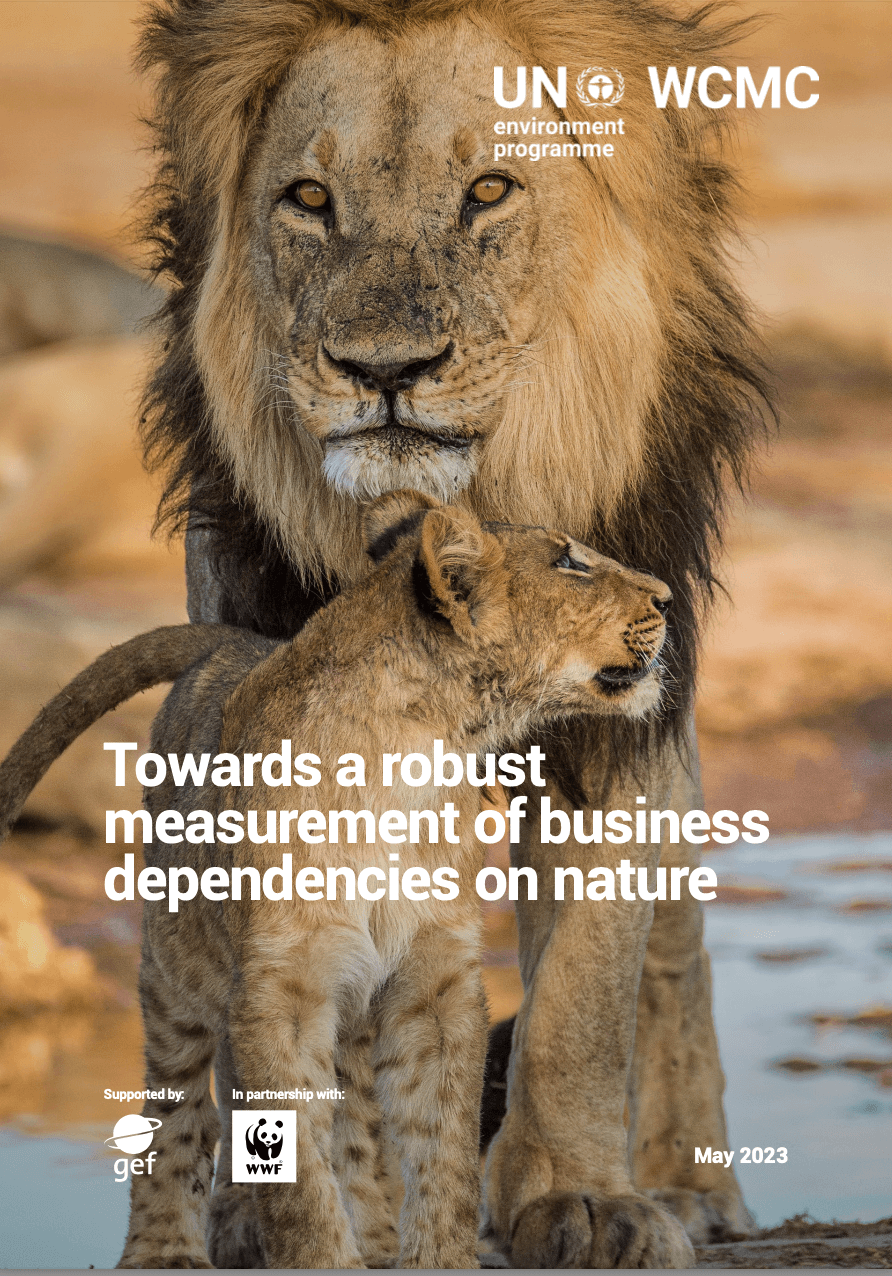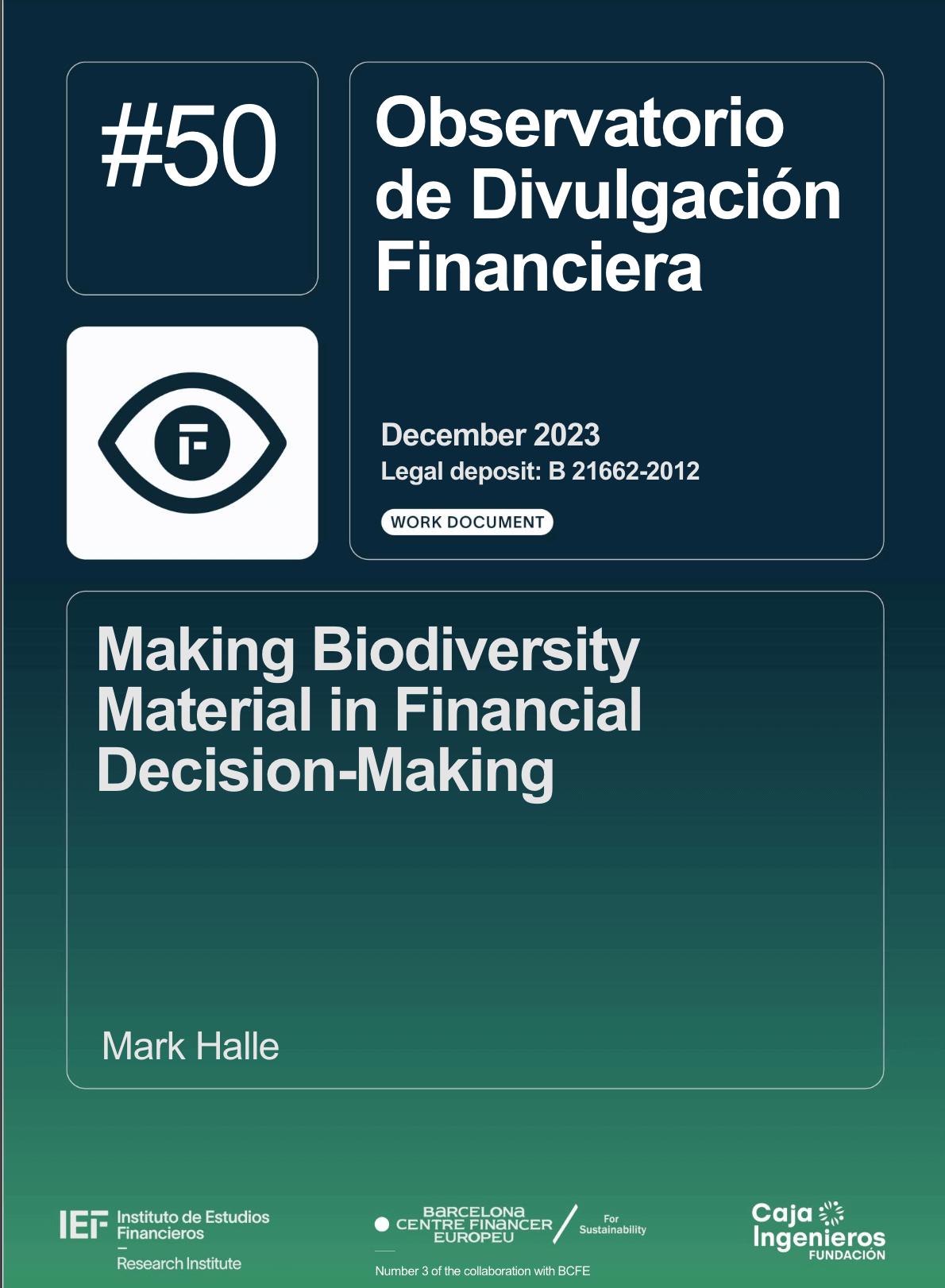Making Biodiversity Material in Financial Decision-Making
Detalles
| Until recently, financial and commercial actors could ignore the impact of their activities on ecosystems. They were considered an externality available for the most part at no cost. Although efforts have been made for nature and its services if the cost of damage to nature were to be incorporated into financial calculations of risks and benefits, this exercise has been largely academic. This has changed radically in recent years. The cost of ignoring natural risk is growing apace, as is the demand from consumers and governments for a world in which all financial activities are equitable and nature-positive. And luckily, the pieces that could allow this to happen are being put in place quickly, as evidenced by the September 2023 publication of the Nature Disclosure Task Force (TNFD) Framework. It is no longer a question of whether nature, like the climate before it, will become an element in financial decision-making, but of how quickly this can happen. This article discusses the different facets of the emerging field of nature finance, points to the latest developments and argues that, much faster than in the case of climate finance, nature finance is becoming an important topic in both the commercial and financial worlds. |
Recursos relacionados

2023
Towards a robust measurement of business dependencies on nature
Esta guía pretende reforzar la comprensión de las dependencias empresariales de la naturaleza y cómo pueden medirse. Resume las ideas…
Using the SEEA for Monitoring and Informing the Global Biodiversity Framework
In this first webinar in the series on the System of Environmental-Economic Accounting (EEAS), organized by the United Nations Committee…

RENACE 2030. Keys to the Nature Restoration Law: a country strategy to be developed
The document addresses the European Union's Nature Restoration Law (LRN), highlighting its importance in reversing the ecological crisis and promoting…


